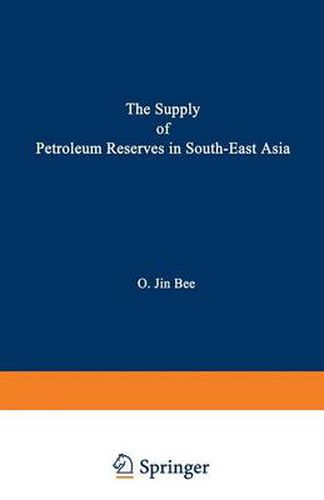Readings Newsletter
Become a Readings Member to make your shopping experience even easier.
Sign in or sign up for free!
You’re not far away from qualifying for FREE standard shipping within Australia
You’ve qualified for FREE standard shipping within Australia
The cart is loading…






This title is printed to order. This book may have been self-published. If so, we cannot guarantee the quality of the content. In the main most books will have gone through the editing process however some may not. We therefore suggest that you be aware of this before ordering this book. If in doubt check either the author or publisher’s details as we are unable to accept any returns unless they are faulty. Please contact us if you have any questions.
which may be termed ‘political. risks’-may be important deter minants of investment. After taking such risks into consideration in the exploration and development stage, a firm computing the pres ent value of its probable income stream must consider several other factors. In addition to the current rate of production, it must con sider these: (I) engineering limits to the rate of extraction in any given period, (2) physical limits to the total amount of the resource that can be produced within a given location, and (3) limits to the availability of new petroleum sources at the same costs as at the present location. It might be useful at this point to note that the firm as an explo ration agent in South-East Asia operates largely as a contractor to the host government who has ownership and final control over the petroleum resources. The group of suppliers of petroleum reserves in the region is characterized by the presence of the major com panies, directly or through subsidiaries, as well as by many small er, and even independent, companies. Three major companies currently dominate exploration and producing operations in two countries-Exxon and Shell in Malaysia, Shell in Brunei. In Indonesia, Caltex and Stanvac dominate production. Outside Malaysia and Brunei the bulk of new exploration is conducted by relatively smaller companies side-by-side with the major companies like Exxon, Gulf, Mobil, Shell, and Texaco.
$9.00 standard shipping within Australia
FREE standard shipping within Australia for orders over $100.00
Express & International shipping calculated at checkout
This title is printed to order. This book may have been self-published. If so, we cannot guarantee the quality of the content. In the main most books will have gone through the editing process however some may not. We therefore suggest that you be aware of this before ordering this book. If in doubt check either the author or publisher’s details as we are unable to accept any returns unless they are faulty. Please contact us if you have any questions.
which may be termed ‘political. risks’-may be important deter minants of investment. After taking such risks into consideration in the exploration and development stage, a firm computing the pres ent value of its probable income stream must consider several other factors. In addition to the current rate of production, it must con sider these: (I) engineering limits to the rate of extraction in any given period, (2) physical limits to the total amount of the resource that can be produced within a given location, and (3) limits to the availability of new petroleum sources at the same costs as at the present location. It might be useful at this point to note that the firm as an explo ration agent in South-East Asia operates largely as a contractor to the host government who has ownership and final control over the petroleum resources. The group of suppliers of petroleum reserves in the region is characterized by the presence of the major com panies, directly or through subsidiaries, as well as by many small er, and even independent, companies. Three major companies currently dominate exploration and producing operations in two countries-Exxon and Shell in Malaysia, Shell in Brunei. In Indonesia, Caltex and Stanvac dominate production. Outside Malaysia and Brunei the bulk of new exploration is conducted by relatively smaller companies side-by-side with the major companies like Exxon, Gulf, Mobil, Shell, and Texaco.